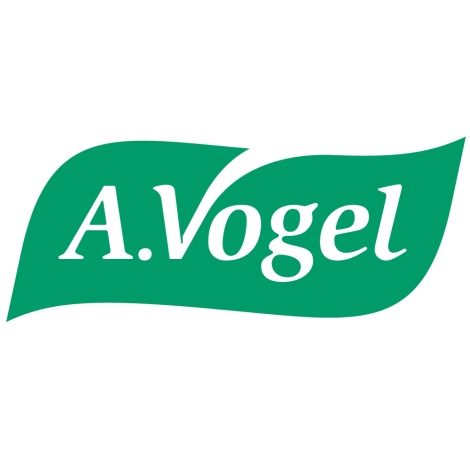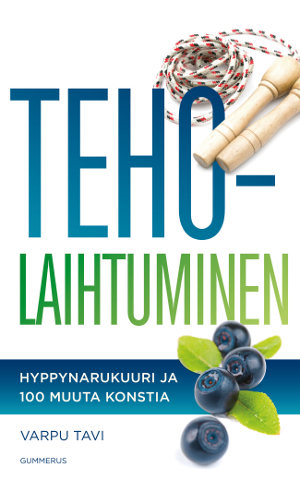Ahmed Bilal Waqara, Tomonari Koikea, Ying Yua, Tomohiro Inouea, Tadashi Aokia, Enqi Liub, Jianglin FanabReceived 5 March 2010; received in revised form 21 July 2010; accepted 30 July 2010. published online 14 September 2010.
Abstract
Objective
Excess intake of a high-fat diet (HFD) is associated with obesity and metabolic syndrome, which are major risk factors for cardiovascular disease. However, it is unclear whether consumption of an HFD at a normal calorific range would be detrimental to metabolism or affect the development of atherosclerosis. Here, we tested the hypothesis that consumption of a normal-calorie HFD would impair lipid metabolism, insulin sensitivity, and blood pressure.
Methods and results
Rabbits fed with an HFD containing either 3% (15%kcal from fat) or 10% (25.8%kcal from fat) coconut oil were compared with control rabbits fed with a standard chow diet (9.3%kcal from fat). All rabbits consumed an equal amount of calories of their respective food. However, HFD feeding induced marked metabolic disorders including increased plasma levels of free fatty acids, insulin resistance, and hypertension compared with control rabbits. Metabolic disorders were more pronounced in 10%-HFD-fed rabbits than 3%-HFD-fed rabbits. To examine whether these disorders affected the development of atherosclerosis, two HFD groups were further fed with a diet containing 0.3% cholesterol for another 18 weeks. We found that 10%-HFD group showed a prominent accumulation of adipose tissue and developed 2-fold greater aortic atherosclerosis than 3%-HFD group.
Conclusions
These results suggest that consuming an HFD containing even a normal number of calories can cause insulin resistance, hypertension, and adipose accumulation even without obesity. High amounts of fat in diets apparently accelerate the development of atherosclerosis.
Abbreviations: AUC, area under the curve, CVD, cardiovascular disease, CRP, C-reactive protein, FFA, free fatty acids, HDL-C, high density lipoprotein-cholesterol, HFD, high-fat diet, HOMA IR, homeostasis model assessment of insulin resistance, IVGTT, intravenous glucose tolerance test, IVITT, intravenous insulin tolerance test, LDL, low density lipoprotein, MetS, metabolic syndrome
Tutkijat halusivat selvittää aiheuttaako runsasrasvainen ruokavalio terveyshaittoja silloinkin, kun ei nautita ylimääräisiä kaloreita. Koe-eläiminä käytetyt kanit kehittivät verisuonten insuliiniresitenssiä, kalkkeutumisoireita jne. ilman että lihoivat. Eli syynä oli runsasrasvainen ruokavalio, ei liian runsas energiansaanti tai ylipaino.
Iso mutta kokeen perusasettelussa on kuitenkin se, että kanit ovat luonnostaan pupunruoan syöjiä. Kanien elimistöä ei voida verrata ihmiselimistöön. Minusta kysymys pitäisi asettaa niin päin, että kun mikä tahansa eläin pakotetaan syömään ruokaa, johon se ei luontaisesti ole sopeutunut, se kehittää ns. elintasosairauksia. Esimerkkinä voisi mainita kissojen laktoosi-intoleranssin, koirien diabeteksen ja pullasorsien insuliiniresistenssin. Kyse ei siis ole tuosta tai tästä ruokavaliosta, vaan siitä että poiketaan eläinlajin luonnollisesta ruokavaliosta.
Siitä tietenkin voidaan kiistellä loputtomiin, mikä sitten on ihmiselle luonnollinen ruokavalio. Varmaa on ainoastaan se, että se EI ole nykyinen runsaasti jalostettuja hiilihydraatteja ja vain muunneltuja rasvoja sisältävä.














26 lokakuun, 2010 at 08:00
Kiva, kun kaneilla tutkitaan! Kanit tunnetusti ahmivat palan färssiä villikarjun takakontista noin aamupalaksi. Ja muutenkin ovat tehokkaita rasvaisen ravinnon hyödyntäjiä. Jokainen kaninomistajahan ruokkii kaninsa ylijääneillä lihankappaleilla ja porsaannahoilla. Juu.
-Massu, jota taas ärsyttää
TykkääTykkää
26 lokakuun, 2010 at 08:49
Kyllä se just näin on, että vertaaminen ei ole mahdollista. Koe-eläin työt antavat korkeintaan ajattelemisen aihetta, ja sitten samat jutut pitäisi todistaa ihmisillä.
Tätä asiaa olen kyllä jatkuvasti miettinyt: kun on tehty erilaisia pitkäaikaisia rasvan vaihtokokeita ihmisillä, niissä on voitu lisätä pitkäaikaisesti rasvan käyttöä vajaat 10 E% (tai vaihtaa vastaava määrä rasvaa esim. SFA-PUFA). Mitäs jos jotkut ketogeenisen ruokavalion kannattajat pystyvästkin oikeasti vuosikymmenten ajan nostamaan rasvan saantiaan pysyvästi ihmiselle ”epäluonnolliselle” tasolle, esim. 60 E % päivää kohden. Mikä on silloin vaikutus ihmiseen, senverisuoniin? Silloin mieleen väkisiin tulee nämä pupu ja rottakokeet..Mutta silti ollaan saman loppupäätelmän äärellä, ei ole tutkimustietoa ihmisellä.
TykkääTykkää
26 lokakuun, 2010 at 08:49
Kannattais otsikoida kohdallisemmin juttu, kun sitten todetaan, että kanit ovat raparperin syöjiä.
TykkääTykkää
26 lokakuun, 2010 at 09:15
Onhan tästä se ilo, että vegetaristisen ja vegaanisen ruokavalion ylhäiset haltijattaret ja haltijat saavat uuden käsikassaran, että ei ole terveellinen ruokavalio sekakäyttäjällä, ei.
Sen verran huolimattomasti luin tutkimusteksilainauksen, että mikä oli rasvan laatu? Oliko eläinperäistä vaiko kasviperäistä?
Jos oli kasvirasvaa, niin lopetan niiden käytön ihan heti. Nehän on vaarallisia.
-Massu
TykkääTykkää
26 lokakuun, 2010 at 18:24
kookosöljyä
TykkääTykkää
28 lokakuun, 2010 at 21:11
Kyllähän köyhiä tutkijoita aina riittää, mutta kuka kummassa rahoittaa tällaisia pupututkimuksia. Rehuteollisuus aikoo ehkä pian lanseerata pupubenecolin tms.
TykkääTykkää